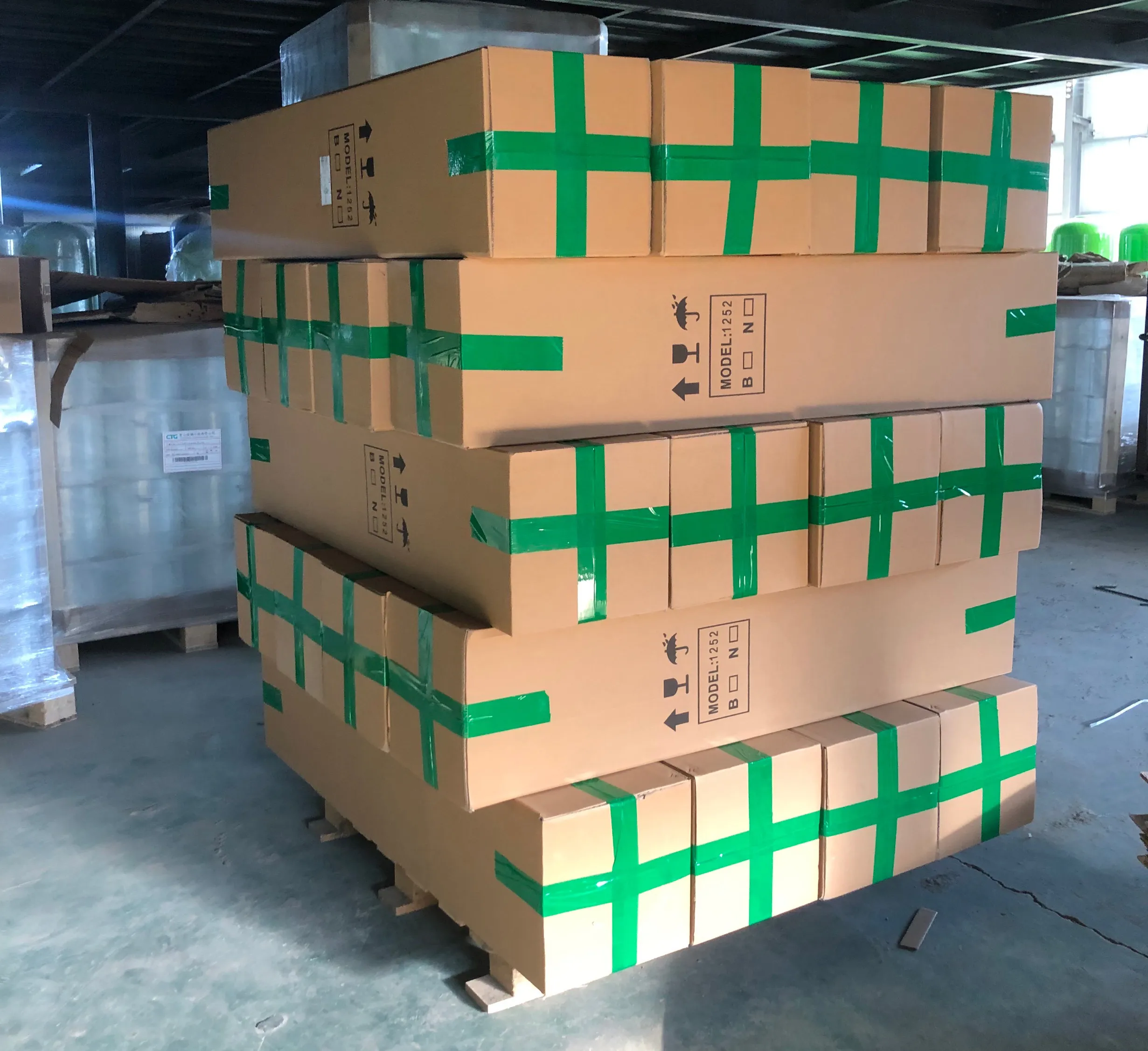loading...
- No. 9, Xingyuan South Street, Dongwaihuan Road, Zaoqiang County, Hengshui, Hebei, China
- admin@zjcomposites.com
- +86 15097380338
- Welcome to visit our website!
Innovative Applications of Fiber Reinforced Plastic Rods in Modern Engineering and Design
The Significance of Fiber Reinforced Plastic Rods
Fiber reinforced plastic (FRP) rods have gained notable attention in various fields due to their outstanding mechanical properties, lightweight nature, and resistance to corrosion and environmental degradation. These composite materials, which primarily consist of a polymer matrix reinforced with fibers, have revolutionized industries ranging from construction to aerospace by offering tailored solutions to complex engineering challenges.
Composition and Manufacturing
FRP rods are typically made by combining a resin, such as epoxy, polyester, or vinyl ester, with reinforcing fibers like glass, carbon, or aramid. The manufacturing process often involves techniques such as pultrusion, where continuous fibers are drawn through a resin bath and then cured in a heated die, resulting in a consistent and strong rod. This production method not only enhances the mechanical strength but also allows for the creation of rods with specific properties, such as improved impact resistance or increased tensile strength.
Mechanical Properties
One of the key advantages of FRP rods is their exceptional mechanical properties. These rods exhibit high tensile strength, making them suitable for structural applications where load-bearing capabilities are crucial. In comparison to traditional materials like steel, FRP rods are lighter, which can significantly reduce the overall weight of structures and components. This property is particularly beneficial in construction and automotive applications, where weight savings translate to improved fuel efficiency and ease of installation.
Furthermore, FRP rods provide excellent flexibility and adaptability, enabling engineers to design components that can withstand various stressors, including vibrations and temperature fluctuations. The combination of strength and flexibility also allows for innovative designs that are both functional and aesthetically pleasing.
Corrosion Resistance
Another compelling reason for the increasing popularity of FRP rods is their resistance to corrosion. Unlike metal counterparts that can rust or degrade when exposed to harsh environments, FRP rods maintain their integrity in the presence of moisture, chemicals, and UV radiation. This resistance makes them ideal for applications in marine environments, chemical processing plants, and infrastructure projects where exposure to adverse conditions is inevitable.
fiber reinforced plastic rod

Applications
The versatility of fiber reinforced plastic rods extends across multiple sectors. In the construction industry, they are being utilized for reinforcing concrete structures, providing added strength without the risk of corrosion. This application is particularly crucial in areas prone to seismic activity, where reliability and performance are paramount.
In the aerospace sector, FRP rods enable the creation of lightweight and fuel-efficient aircraft components. The reduced weight contributes to lower operational costs and enhanced performance. Additionally, due to their electrical insulative properties, FRP rods are used in electrical applications, providing safe and effective solutions in environments where traditional materials may pose risks.
Future Prospects
The future of fiber reinforced plastic rods appears promising as advancements in composite technology continue to emerge. Innovations in manufacturing processes, such as 3D printing and automated layup, are set to enhance the efficiency and customization of FRP products. Moreover, ongoing research into sustainable and bio-based resins will contribute to the environmental friendliness of these materials, appealing to a growing market that prioritizes sustainability.
Additionally, the integration of smart technology within FRP rods—such as embedded sensors for structural health monitoring—opens new avenues for ensuring the safety and longevity of infrastructure.
Conclusion
In conclusion, fiber reinforced plastic rods represent a significant advancement in material science, offering a unique combination of strength, lightweight properties, and corrosion resistance. Their diverse applications across various industries make them an essential component in modern engineering solutions. With ongoing innovation and research, FRP rods are poised to play an even more crucial role in future developments, contributing to the creation of structures and systems that are not only efficient but also sustainable. As industries continue to evolve, the importance of these versatile materials cannot be overstated.
-
Why Choose a Galvanized Water Tank for Your Storage NeedsNewsMay.21,2025
-
The Strength and Durability of FRP GratingNewsMay.21,2025
-
The Importance of Water Treatment Systems for Clean and Safe WaterNewsMay.21,2025
-
The Advantages of FRP Rebar for Construction ProjectsNewsMay.21,2025
-
Say Goodbye to Hard Water with a Reliable Water SoftenerNewsMay.21,2025
-
Maximize Your Water Storage with a Sectional Water TankNewsMay.21,2025
-
The Power of Filter VesselsNewsMay.19,2025
